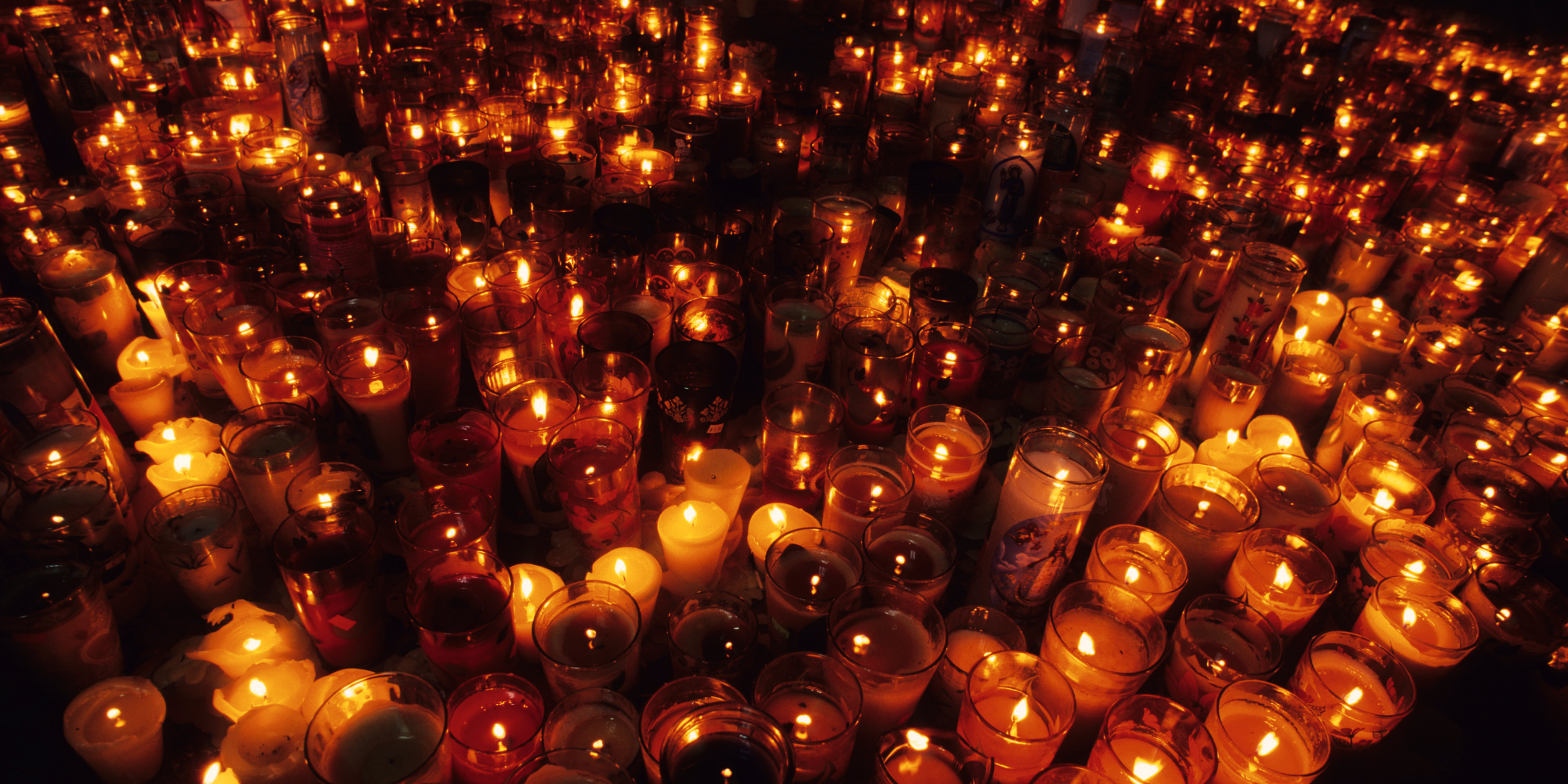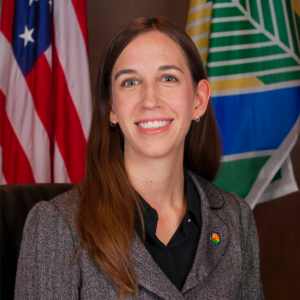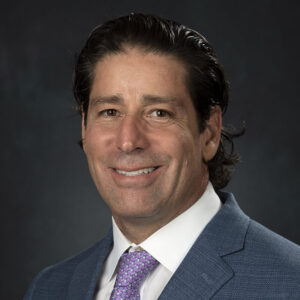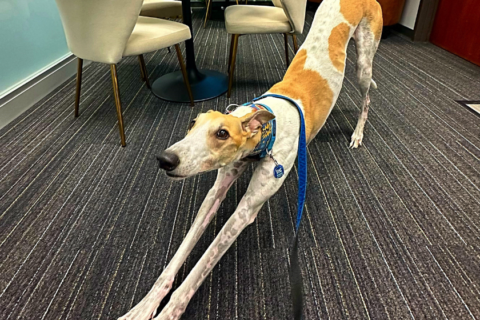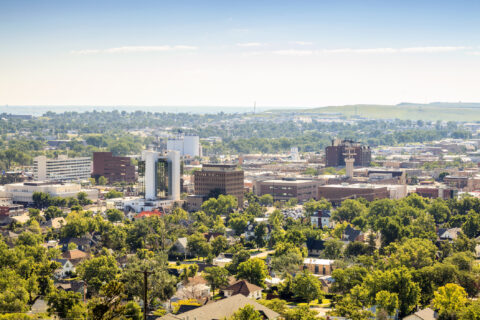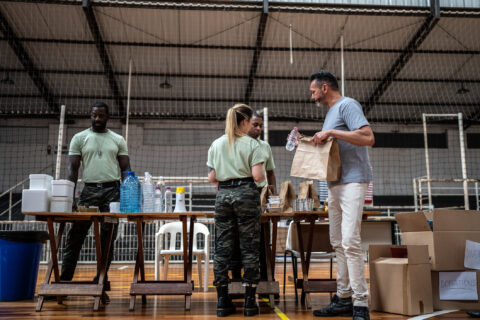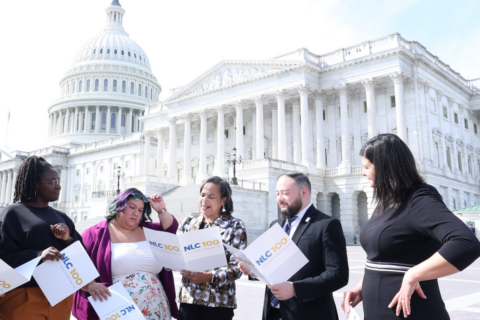Every day in the news, we hear about another shooting, another person killed, another family left to mourn and another community left to pick up the pieces of their shattered sense of safety. In the month of May, 44 mass shootings struck cities, towns and villages across our country, killing 60 people and injuring 209, and gun violence other than mass shootings caused even more deaths.
These shootings are not limited to one place or time. They are occurring in rural, suburban and urban communities everywhere across America. They are influenced by a variety of factors, including domestic and interpersonal violence, suicidal ideation, severe untreated mental illness, substance use, road rage, criminal activity, racism and hatred and more. These factors are not new to us. We have become all too accustomed to reading headlines referencing these as the driving factors that can lead a person to use a gun – or some cases a semi-automatic rifle – to tragically kill one or more people, including children.
On the heels of the racist mass shooting in Buffalo, New York; a shooting at a church in Santa Ana, California; and the ongoing gun-related homicide spikes in some cities, another community is reeling this week. Nearly 10 years after the Sandy Hook Elementary School shooting in Newtown, Connecticut that killed 20 children and six adults, the nation has witnessed the horror as another gunman, who just turned 18, was able to legally purchase an AR-15 rifle weapon in Uvalde, Texas. He killed 21 people – 19 elementary school children (ranging between 8-11 years old) and two teachers.
As we ask ourselves how we allowed another tragedy to happen to children in our country, we need to begin asking the bigger questions:
- How could this have been prevented?
- Why do so many mass shootings happen in the United States?
- Why was this young man able to purchase an assault rifle so easily?
- What preventing opportunities were missed and support systems lacking?
- Why have we as a country not taken action?
- How have we allowed gun deaths to become the leading cause of death for children in the United States?
As local leaders, we see the horrific impacts of gun violence on residents in our communities firsthand. We attend funerals and vigils, cry with community members, and work to adopt policies and programs that we hope will prevent future tragedies. But our tears and hard work at the local level cannot solve this problem. We are getting increasingly tired of seeing our community members killed as we await action from Congress to enact stronger laws that keep guns out of the hands of individuals that intend to commit violence and demand stronger mental health systems and holistic supports in communities.
We are doing what we can in our communities in attempts to ensure the safety of their residents. Examples of some of the work happening in cities include:
- Oakland, CA’s longstanding work to address violence through group violence intervention, gender-based violence response and community healing treats violence like a public health issue.
- Chelsea, MA has worked with Roca, Inc to support youth/young adults most likely to be victims or perpetrators of violence through relentless engagement and support and through the use of trusted community partners.
- Baltimore, MD is collaborating with Everytown to use innovation to track and address illegal gun trafficking in efforts to address their local gun violence struggles.
- Duluth, MN developed a model (now called the “Duluth Model”) to coordinate across agencies to combat domestic violence. The model has been replicated in other cities since.
- Sacramento, CA held a buy back event in exchange for gas cards. The collection included at least one assault weapon, components of privately manufactured “ghost guns” and “multiple other illegally configured firearms.”
- Newark, NJ recognized that addressing trauma is a major piece of the puzzle in violence intervention. Mayor Baraka created the office of Violence Prevention and Trauma Recovery to begin healing his city while also embracing community violence interventions and denouncing hate crimes.
However, while local leaders take actions like these and pledge to do what it takes to keep our communities from being the next community rocked by tragedy, some state legislatures are preempting local government’s ability to enforce common-sense gun violence prevention programs, and federal lawmakers are stalled in passing laws because of partisan squabbling.
It is far past time for delays. Our communities have entrusted us as local leaders to keep them safe, and we call on our state and federal lawmakers to join us in this work.
Take Action! Demand Action to Keep All Communities Safe!
Consistent with the National League of Cities’ National Municipal Policy, which is consensus-driven federal policy positions crafted and approved by the bipartisan membership, local leaders are encouraged to sign on to an open letter to Congress urging their Senators and Representatives to quickly enact stronger laws that keep guns out of the hands of individuals who cannot use them responsibly and to join local leaders in providing a solution to this ongoing threat to our communities and nation.
